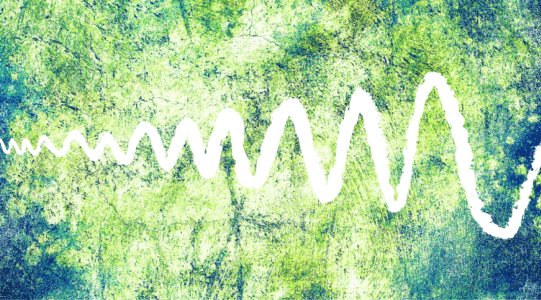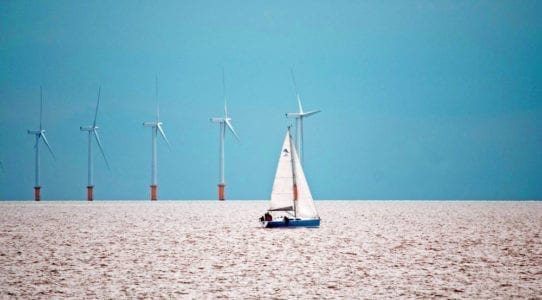Does slow growth lead to rising instability?
In this blog, CUSP researcher Craig Rye introduces a set of novel analysis techniques, drawn from ecology and physics, to better understand the changing behaviour of recessions and the business cycle (recession cycle) in historical GDP datasets.
b y C R A I G D. R Y E

Over recent decades, the growth rates of many advanced economies, particularly USA, UK, Japan, Italy, France, and Germany, have declined. A phenomenon referred to as ‘Secular Stagnation’. Our understanding of this stagnation is poor. However, it has become a significant point of discussion in current economic debates. The decline is widely linked, by commentators, to multiple long-term large-scale economic trends, referred to as ‘head-winds’. These include, debt overhang, inequality, decreasing labour productivity and the decline in the quality of physical resources.
Recent work at the Centre for the Understanding of Sustainable Prosperity uses a set of novel analysis techniques, drawn from ecology and physics, to better understand the changing behaviour of recessions and the business cycle (recession cycle) in historical GDP datasets. The research is motivated by the need to disentangle the complex conversation around the ‘head-winds’ of stagnation and to better understand the current trajectory of our economies. It is particularly interested in the role of declining quality of energy resources.
The theoretical basis for the work argues that when the recession cycle is small and fast, the state of the economy is typically ‘stable’. Further, when the recession cycle is large and slow, the state of the economy is typically ‘unstable’.
The main findings of the study suggest that high GDP nations (sometimes called advanced economies) have witnessed a measurable increase in instability in recent decades. Further, the broad characteristics of the recession cycle have changed over the past century, in a pattern that is consistent amongst the high GDP nations. The historical pattern is characterised by an increase in instability from around 1900 to around 1950, then a decrease in instability from around 1940 to around 1960, then a second increase in instability from 1960 to present day. This long-term pattern is consistent with notions of long-cycles in the economy.
Additional analysis suggests that there may be an important link between the ‘stability’ of an economy, i.e. the characteristics of its recession cycles, and the growth rate of the economy. Specifically, slower growth in recent decades may be associated with more unstable (large, slow) recession cycles. This particular link is supported by the work of other (mainstream) economists, including Ramey and Ramey, Hnatkovska and Loayza (2005) and Reinhart and Rogoff. Further work is needed to quantify and understand this link better. But it clearly raises some challenging questions for the long-term prospects of advanced economies.
Our early results certainly suggest that these novel analysis techniques may provide invaluable insights into the long-term behaviour of the macro-economy. Increasing our understanding of such long-run dynamics is very timely, particularly considering the immediate need for effective policy tools to tackle environmental concerns and to respond to the environmental limits facing us in the coming decades.
Download
- Craig D Rye and Tim Jackson (2016):
 On the use of instability indicators in exploring inter-decadal GDP variability
On the use of instability indicators in exploring inter-decadal GDP variability



